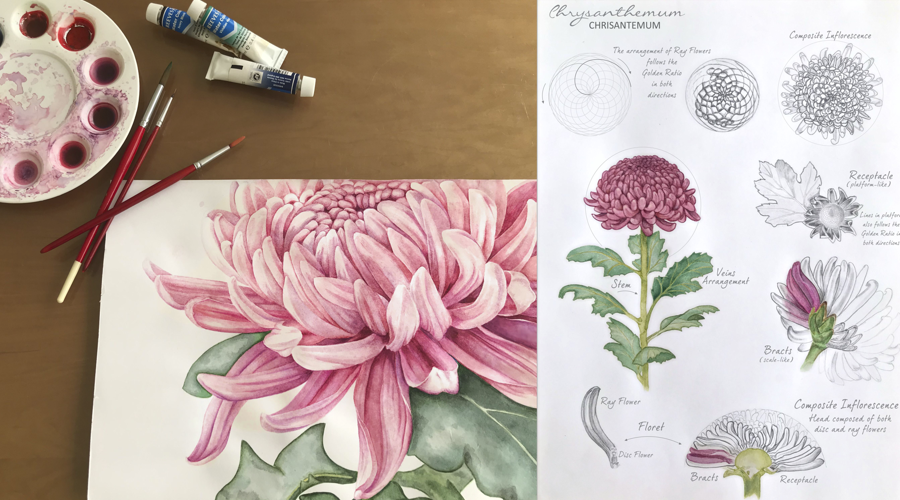
Botanical Illustration: Preserving and Documenting Plant Biodiversity
Introduction
In the realm of scientific illustration, few disciplines hold as much importance and beauty as botanical illustration. These visual records of plant species have been indispensable tools for researchers and scientists, contributing significantly to the preservation and documentation of plant biodiversity.
Combining artistic finesse with scientific accuracy, botanical illustrations offer a unique way to capture the essence of plants and their intricate details, ensuring their enduring legacy for generations to come.
The Art of Botanical Illustration
Botanical illustration is an art form that dates back centuries, with roots in ancient civilizations such as Egypt, Greece, and China. Over the years, it has evolved into a sophisticated discipline, characterized by precision, meticulousness, and a deep understanding of botany. Scientific illustrators who specialize in botanical work possess a remarkable ability to recreate plant specimens with remarkable accuracy and aesthetic appeal.
Utilizing a variety of traditional and digital tools, these skilled artists produce detailed illustrations that often serve as the gold standard for plant identification and taxonomy. Unlike photographs, botanical illustrations can emphasize specific features, such as flower morphology, leaf arrangement, and seed characteristics, providing scientists with invaluable data for research and classification.
The Role in Preserving Plant Biodiversity
One of the primary objectives of botanical illustration is the preservation of plant biodiversity. As the world faces unprecedented ecological challenges, the need to document and conserve plant species has become increasingly urgent. Unfortunately, many plant species face the risk of extinction due to habitat destruction, climate change, and human activities.
Botanical illustrations serve as permanent records of plants that might otherwise be lost forever. These illustrations provide an authentic representation of plant species, allowing researchers and scientists to study and identify plants with precision even after the living specimens have disappeared. Moreover, botanical illustrations help raise awareness about the critical importance of plant conservation and inspire efforts to protect vulnerable ecosystems.
Complementing Scientific Research
While photography has become an essential tool in documenting plant life, botanical illustrations offer distinct advantages in scientific research. In many cases, photographs may not capture all the essential characteristics of a plant, leading to potential misidentification or incomplete data. On the other hand, botanical illustrations allow for precise and detailed depictions that capture the essence of the plant, leaving no room for ambiguity.
Botanical illustrations also play a crucial role in scientific publications, field guides, and educational resources. They enhance the visual appeal of research papers and educational materials, making complex botanical concepts more accessible to a broader audience. Researchers often collaborate with botanical illustrators to illustrate their findings, bridging the gap between scientific accuracy and artistic expression.
Inspiring Future Generations
Botanical illustration not only benefits the scientific community but also inspires and educates future generations. These beautiful depictions of plant life spark curiosity and appreciation for the natural world, encouraging young minds to explore the wonders of botany. As budding scientists and artists encounter the captivating world of botanical illustration, they may be inspired to pursue careers in botany, conservation, or scientific illustration, perpetuating the legacy of plant biodiversity preservation.
Conclusion
In the age of digital technology, botanical illustration stands as a testament to the timeless blend of art and science. The delicate strokes of a botanical illustrator's brush preserve the beauty and intricacy of plants, while the meticulous attention to detail ensures scientific accuracy.
By contributing to the documentation and preservation of plant biodiversity, botanical illustration remains a vital tool for researchers and scientists, and an inspiring medium that fosters a profound connection with nature. As we continue to navigate the challenges of a changing world, the art of botanical illustration serves as a beacon of hope, inspiring us to protect and cherish the vast diversity of plant life that graces our planet.